Winter Watering Rhodies
BiggerDiggler
12 years ago
Related Stories

HOUSEKEEPINGProtect Your House From Winter Water Damage
Avoid costly repairs by learning to spot potential problem areas before water damage is done
Full Story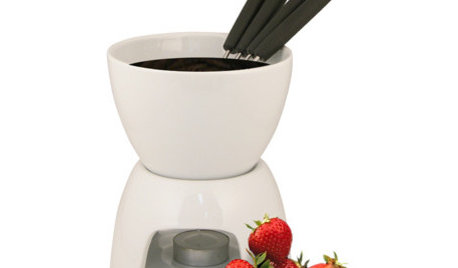
Guest Picks: Winter (Yes, Winter) Warmers
For folks in the Southern Hemisphere, July is right in the heart of winter. Warm up with 20 ways to make your home as cozy as can be
Full Story
LIFESimple Pleasures: A Long Winter’s Nap
This time of year we can always use a little extra rest. Make it easy with these ideas for daytime napping
Full Story
GARDENING GUIDESGarden Myths to Debunk as You Dig This Fall and Rest Over Winter
Termites hate wood mulch, don’t amend soil for trees, avoid gravel in planters — and more nuggets of garden wisdom
Full Story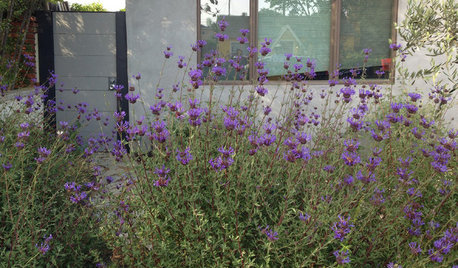
GARDENING GUIDES10 Late-Winter and Early-Spring Bloomers for the West
Tired of waiting for spring to arrive? Try these drought-tolerant, flowering plants for color that starts in late winter
Full Story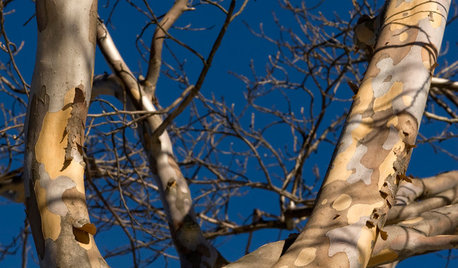
WINTER GARDENING8 Gorgeous Trees for Winter Interest in the Garden
Intriguing forms and beautiful branches take center stage when color heads back into the wings of the winter landscape
Full Story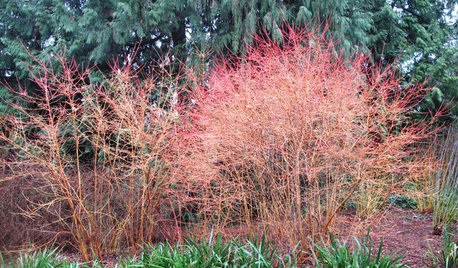
WINTER GARDENINGColor Sparks a Winter Landscape
Try these beautiful winter plants to give your garden pizzazz when most branches are bare
Full Story
HOUSEPLANTSIndoor Winter Gardens for Cheerier Days
Bring plants inside for drab-days mood boosting — not to mention cleaner indoor air and protection for your greenery
Full Story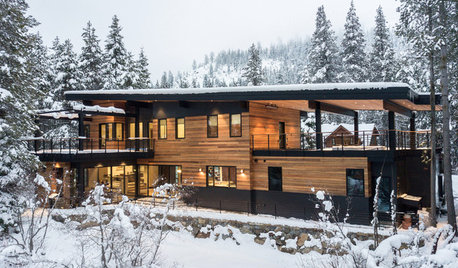
MONTHLY HOME CHECKLISTSYour Winter Home Maintenance Checklist
Keep your home and yard safe and running smoothly as temperatures drop and activity moves indoors
Full Story
WINTER GARDENING10 Native Wildflowers to Beautify Your Winter Garden
They stand strong in wind, feed wildlife and are easy to grow. But you may want to add these plants for their looks alone
Full StorySponsored






mainegrower
BiggerDigglerOriginal Author
Related Professionals
Norfolk Landscape Architects & Landscape Designers · Windham Landscape Architects & Landscape Designers · Glendora Landscape Architects & Landscape Designers · Southfield Landscape Architects & Landscape Designers · Gaithersburg Landscape Contractors · Goodlettsville Landscape Contractors · Lake Saint Louis Landscape Contractors · Las Vegas Landscape Contractors · Mastic Beach Landscape Contractors · Natick Landscape Contractors · Saint Paul Landscape Contractors · Salmon Creek Landscape Contractors · West Haverstraw Landscape Contractors · Eastlake Landscape Contractors · Cheshire Gardeners & Lawn Caremainegrower
rhodyman
mainegrower
rhodyman
mainegrower
botann
rhodyman
botann
mainegrower
BiggerDigglerOriginal Author
botann
mainegrower
rhodyman
davidrt28 (zone 7)
davidrt28 (zone 7)